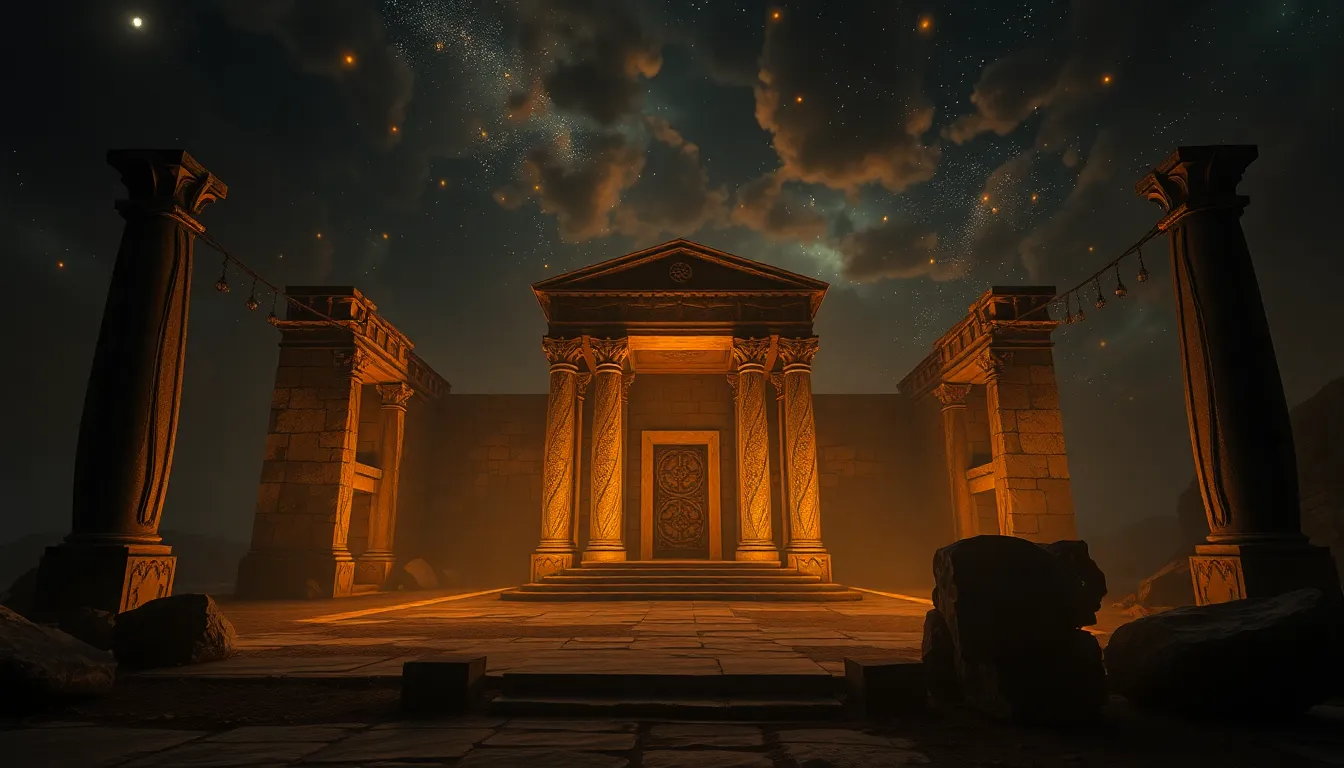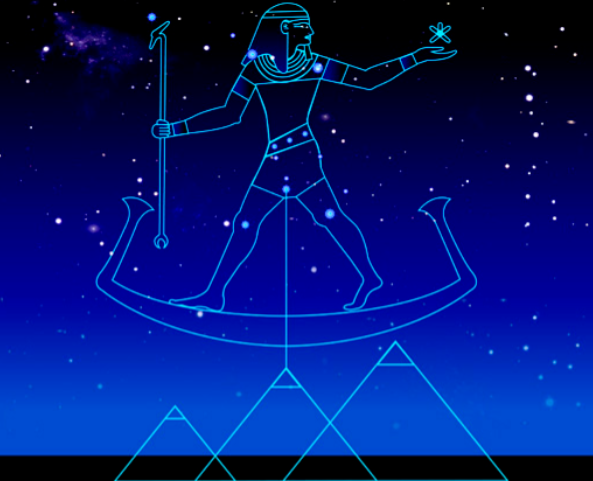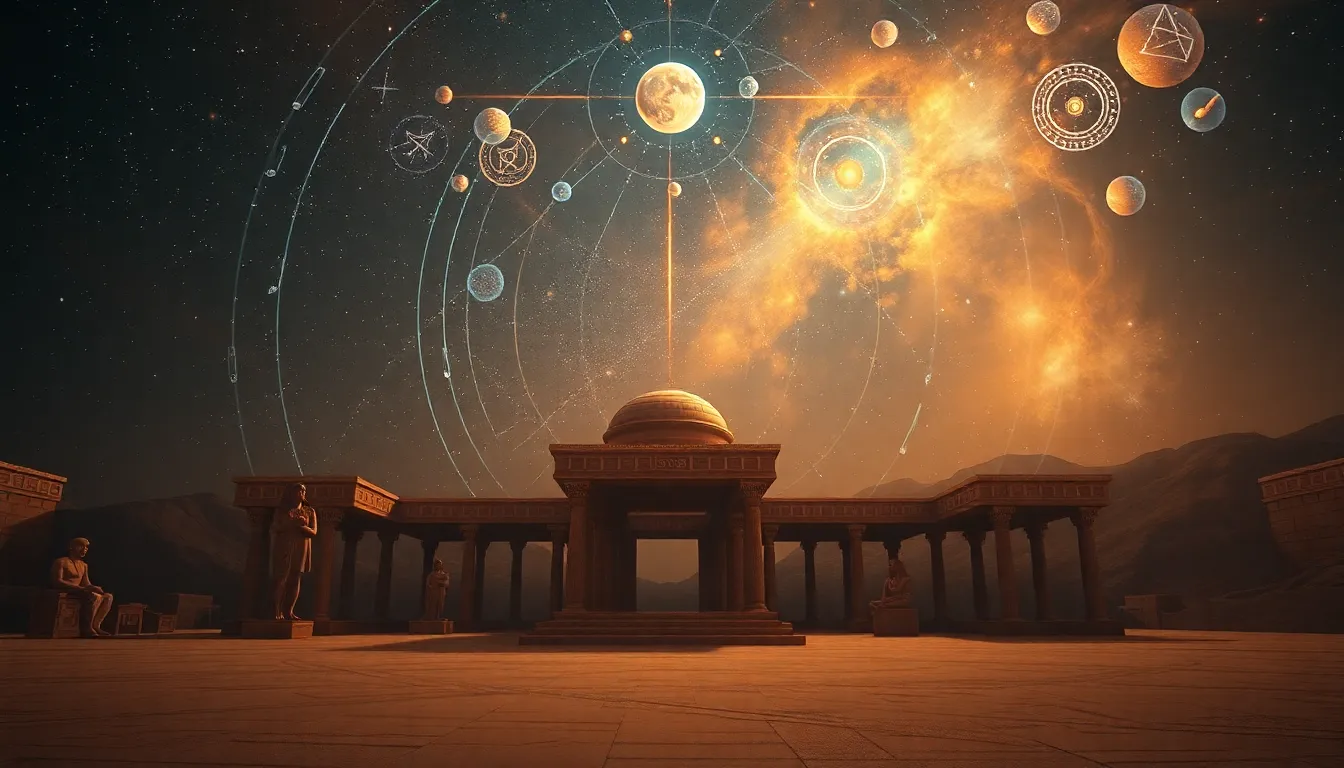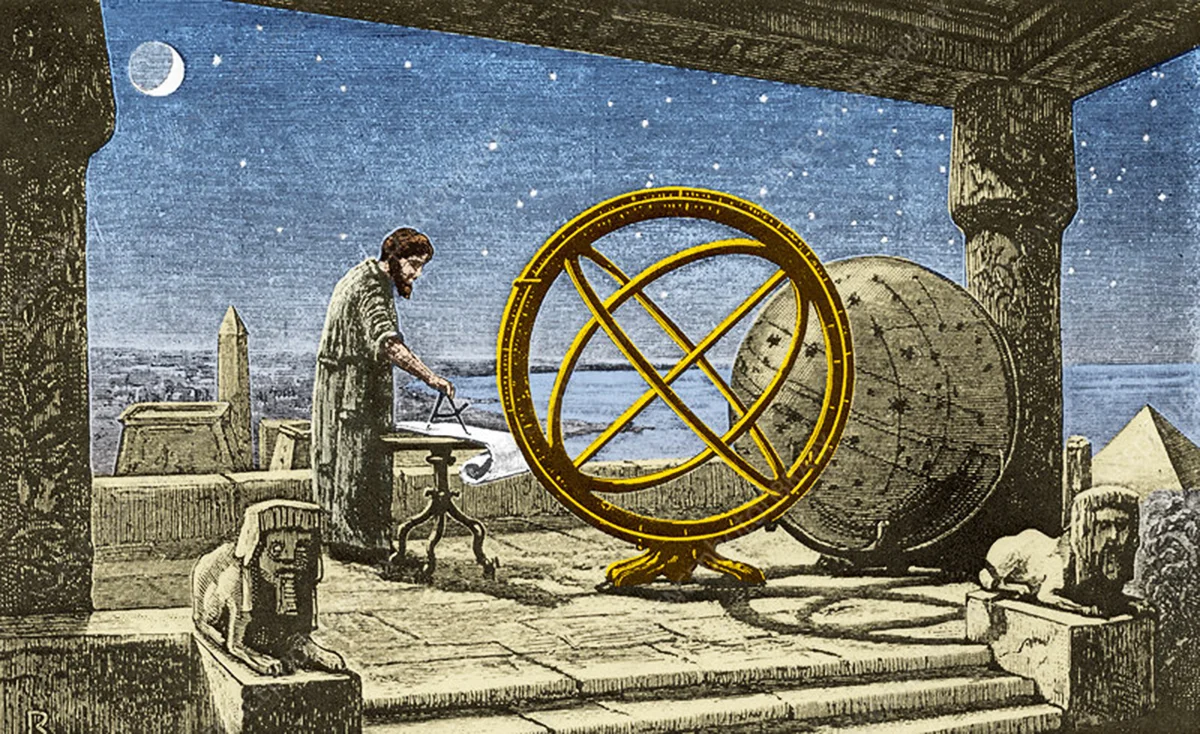The Global Language of Archeoastronomy
Across continents and millennia, civilizations who never met somehow looked to the same stars — and built in the same directions. From the deserts of Egypt to the jungles of Guatemala and the plateaus of the Andes, global archeoastronomy alignments show that the ancient world was profoundly connected through its celestial observations.
Were these shared patterns mere coincidence, or evidence of an ancient, universal understanding of the cosmos?
The Celestial Blueprint of Humanity
Thousands of ancient monuments align precisely with solar, lunar, and stellar events. These alignments are not random — they mark solstices, equinoxes, and the slow celestial shift known as the precession of the equinoxes, a cycle of nearly 26,000 years.
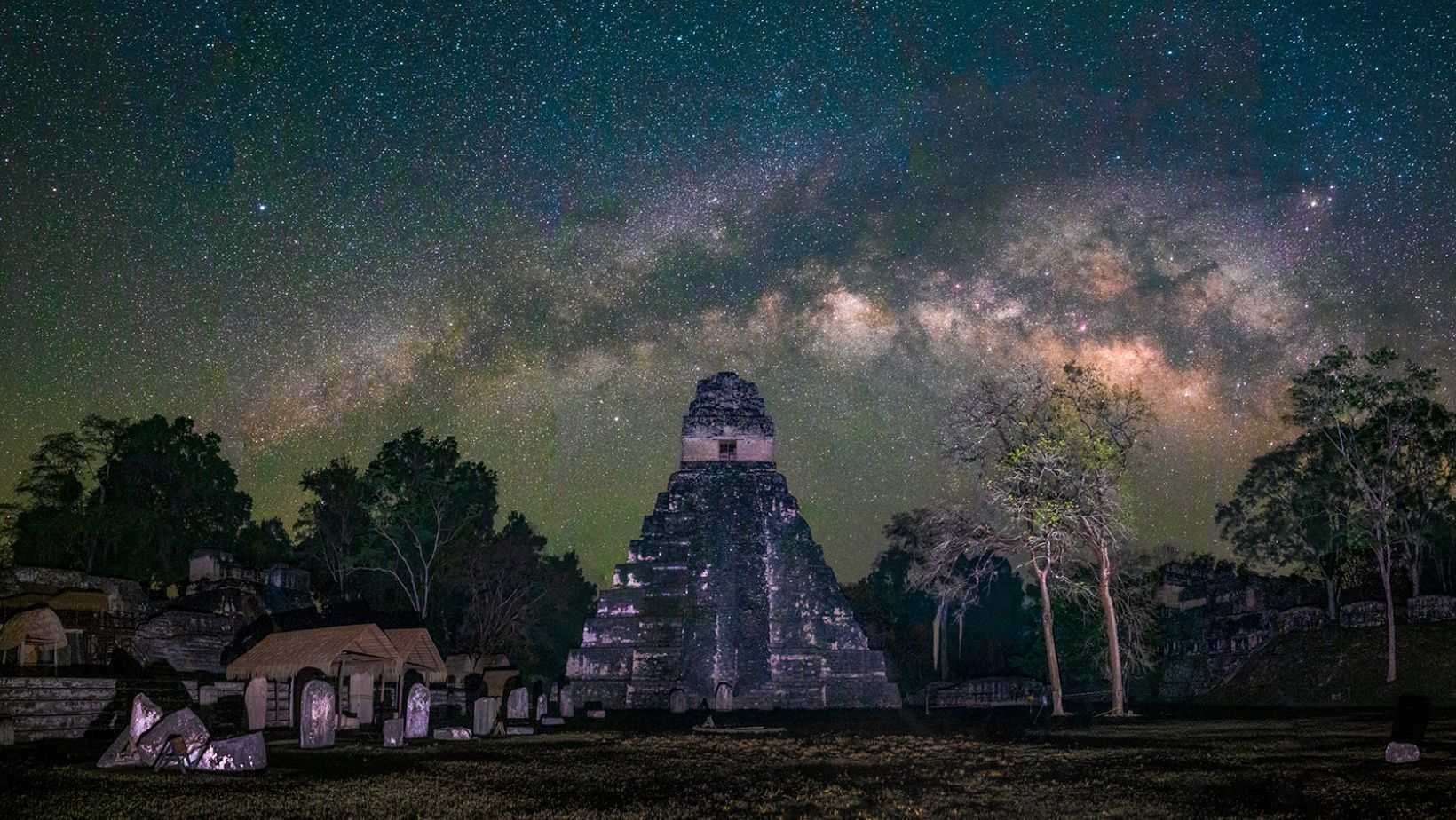
At Stonehenge, the Heel Stone catches the midsummer sunrise. In Chichén Itzá, the Temple of Kukulcán reveals a descending serpent of light at the equinox. At Machu Picchu, the Intihuatana stone casts no shadow at noon on the equinox — a cosmic clock in stone.
How did so many cultures, oceans apart, reach the same level of astronomical precision?
Egypt, Orion, and the Cosmic Blueprint
The pyramids of Giza, aligned with Orion’s Belt, reflect a deliberate mapping of heaven onto Earth. Scholars such as Robert Bauval proposed that this was not symbolic but scientific — a mirror of the stars as they appeared in 10,500 BCE, possibly redefining the timeline of Egyptian civilization itself.
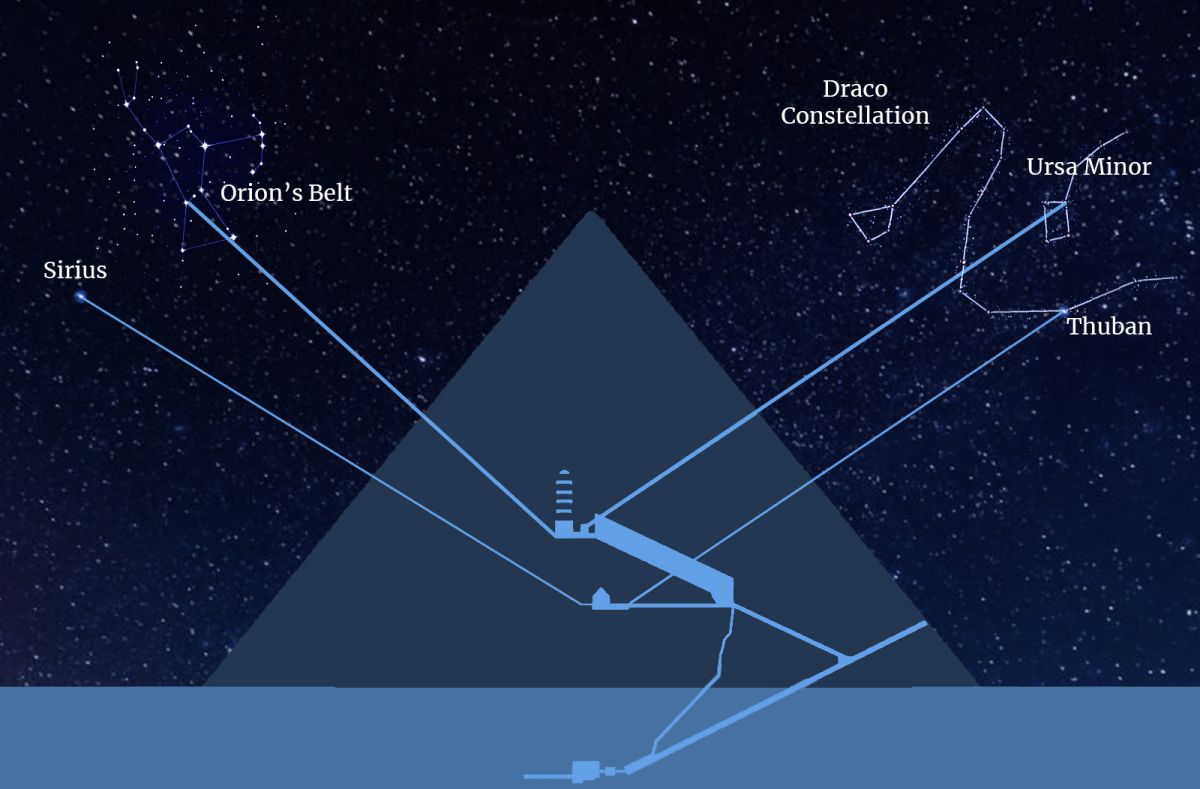
This era coincides with the end of the Younger Dryas, a time of dramatic climate change and possible cataclysmic events — perhaps remembered by ancient cultures as the “floods of the gods.”
Shared Sky Knowledge Across the World
Archeoastronomical evidence reveals this was not an isolated practice:
-
Nabta Playa, Egypt: the earliest known astronomical site, aligned with Sirius and the summer solstice.
-
Chaco Canyon, USA: solar daggers mark solstices with light beams through spiral carvings.
-
Teotihuacán, Mexico: the Avenue of the Dead aligns 15.5° east of north, marking celestial paths.
-
Angkor Wat, Cambodia: mirrors Draco and the solar cycle in its architectural plan.
-
Gobekli Tepe, Turkey: carved animals might encode constellations — possibly the world’s first star map.
These global archeoastronomy alignments suggest a deep awareness of time, cycles, and cosmic order — a forgotten science etched in stone.
A Universal Sky Religion?
Did humanity once share a global spiritual system rooted in the stars?
Philosopher-architect Vitruvius wrote that temples should reflect the heavens. The same idea appears in ancient Vedic texts and Mayan cosmology — “as above, so below.”
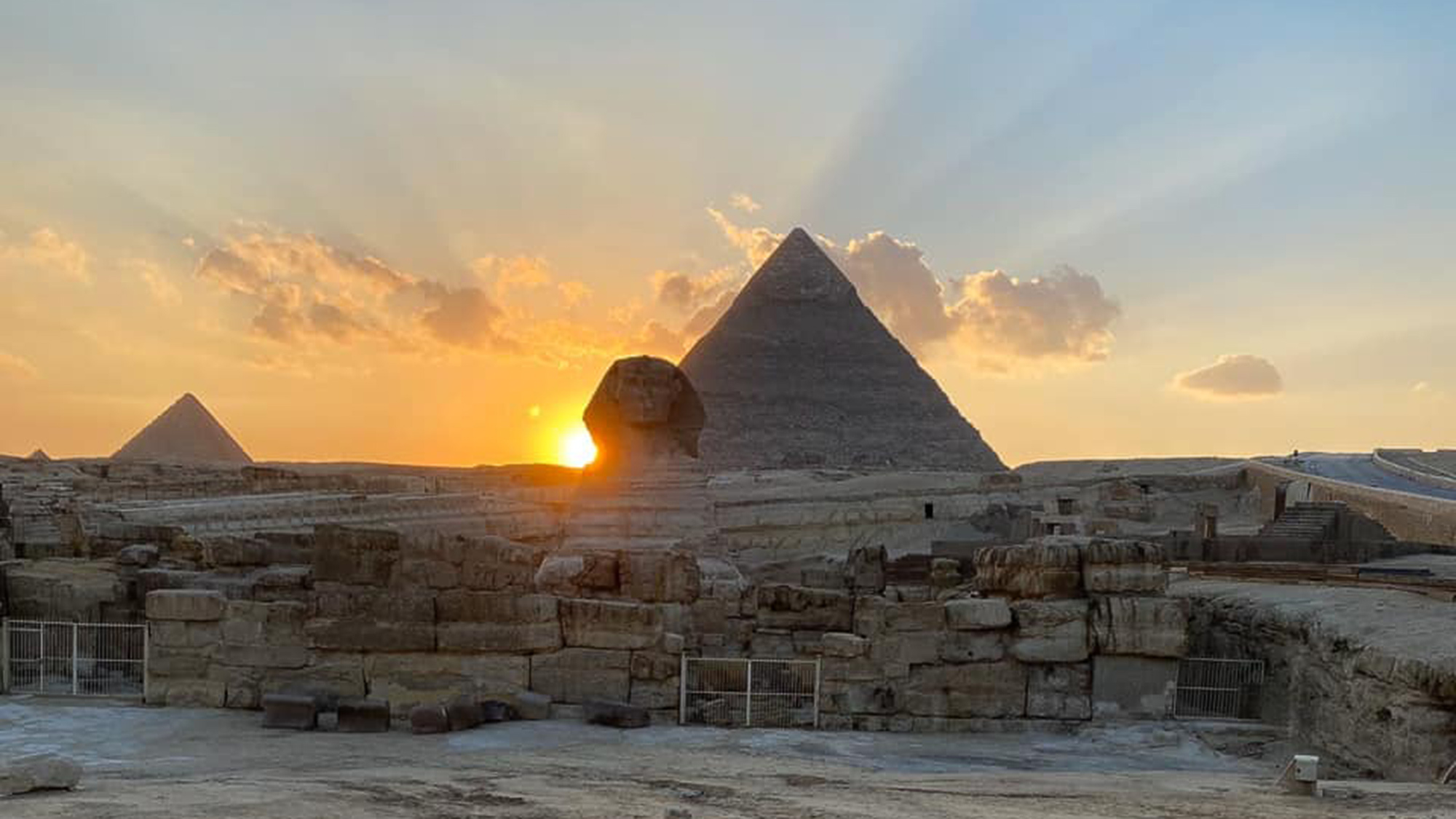
From the Orion alignment in Egypt to the solar corridors of Mesoamerica, the evidence suggests not imitation but a universal cosmic grammar — a way of reading the sky as divine text.
Forgotten Wisdom, Hidden in the Stars
Over time, much of this sky knowledge was lost — to cataclysms, cultural collapse, or the burning of libraries like Alexandria and Nineveh. What survives is fragmented, encoded in myth and stone. But as modern archeoastronomy revives these insights, we rediscover something timeless:
Our ancestors did not merely look up at the stars — they built their world around them.
Could we, in our age of satellites and screens, still learn from this ancient cosmic awareness?
Key Concepts
-
Archeoastronomy links architecture to celestial events.
-
Global alignments reveal shared astronomical traditions.
-
The Orion correlation challenges established historical timelines.
-
Monuments act as calendars and cosmic maps.
-
The loss of ancient knowledge through cataclysms shaped modern understanding.
Additional readings
- Ancient Megaflods and Lost Civilizations
-
The Sky Builders: How Ancient Monuments Aligned with the Heavens
-
Bauval, R. & Gilbert, A. The Orion Mystery (1994)
-
Hancock, G. Heaven’s Mirror: Quest for the Lost Civilization (1998)
-
Aveni, A. Skywatchers of Ancient Mexico (2001)
-
Smithsonian – “Global Patterns in Ancient Astronomy”

